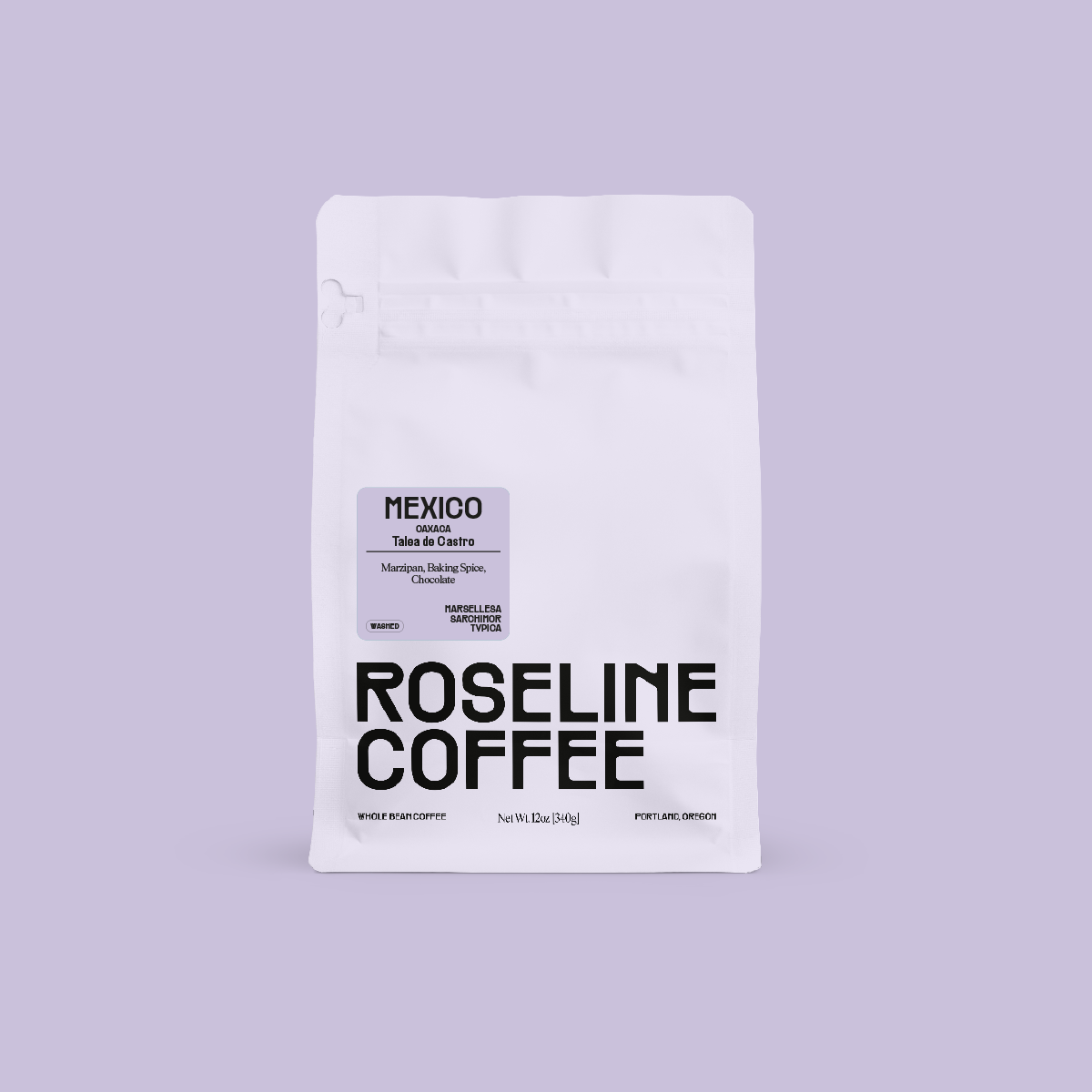Tucked into the Sierra Madre a mere four hours from the state capital of Oaxaca, Oaxaca, the village of Talea de Castro belongs to the administrative district of Villa Alta, in the Sierra Norte municipality of Oaxaca State - one of Mexico's fifteen coffee-producing states. This sector is known for its biodiversity, attributable to its unique geographical position and micro climate. Talea de Castro receives 1,500mm of annual rainfall during its eight-month long raining season with temperatures rarely exceeding 26°C; ideal coffee-producing climate.
This lot from Talea de Castro was crafted by carefully selecting only ripe, hand-picked cherries. The cherries went through 24 hours of fermentation in anticipation of the de-pulping process. After de-pulping, the seeds began fermentation in tanks for an additional 48 hours before being placed on patios for drying, which was a 10 day process this past season with favorable drying conditions. The coffee was then moved from the farm gate along a network of dirt and semi-paved roads to a small community purchasing station.
Eber, Julieta and Ariel are the original three producers that learned to work with agroecological techniques to preserve the microbiome and verdant nature. These three producers each work on approximately two hectares of land with an average production of four quintals per hectare. The most commonly used varietals in this coffee sector include Oro Azteca, Typica, Bourbon, Mundo Novo, Sarchimor, Marsellesa, and Geisha, among others.
Under Eber's leadership, the community of Talea de Castro continues to hone their post-harvest processes, lending to unique profiles in the cup. This washed lot has a sweetness and lingering mouthfeel that continues to a delightful finish. The "extended fermentation" sister lot to this washed lot is like the other side of the same coin -- same producers, same coffee, but with an an longer fermentation period prior to washed processing -- a flavorful coffee that shows off the versatility of this coffee community.



